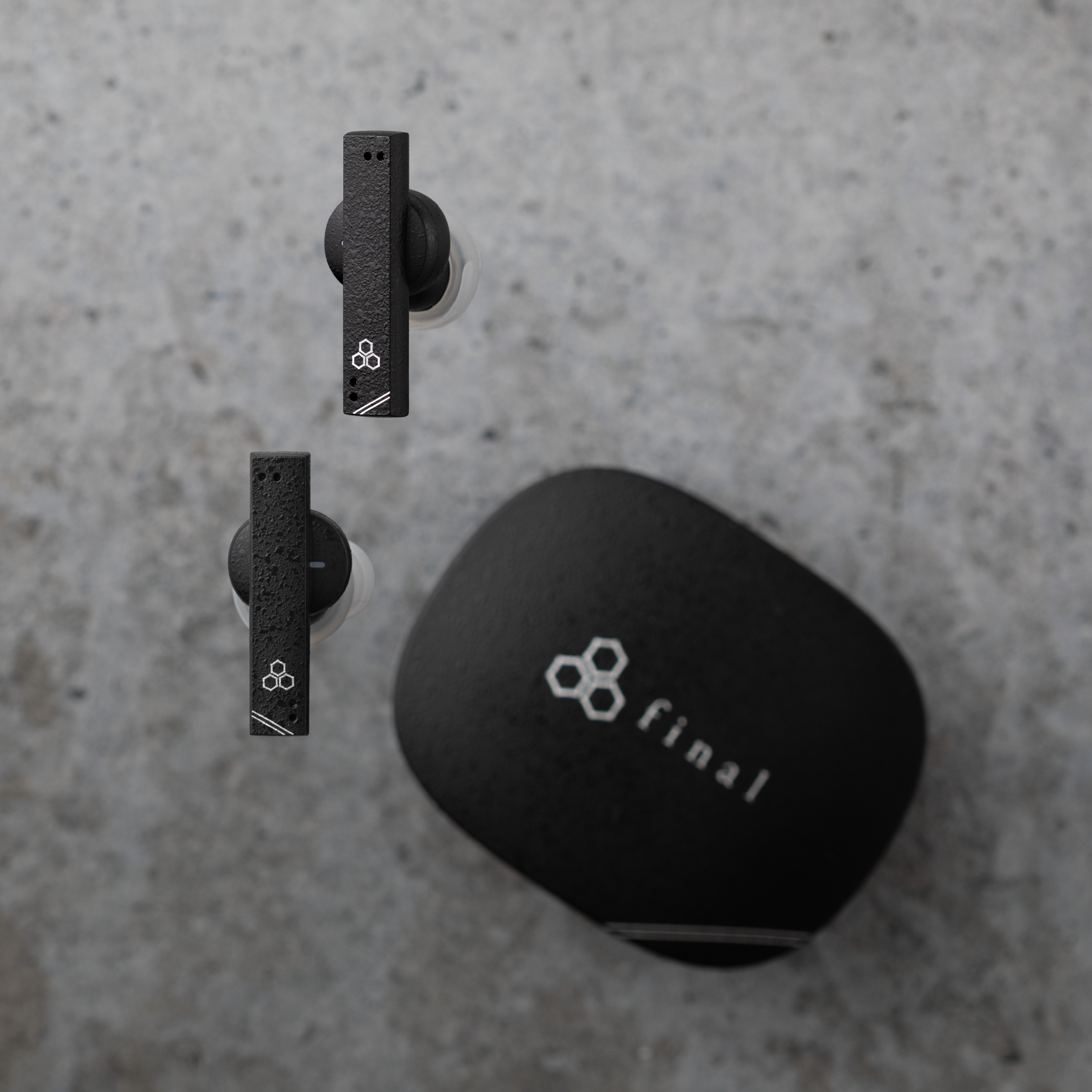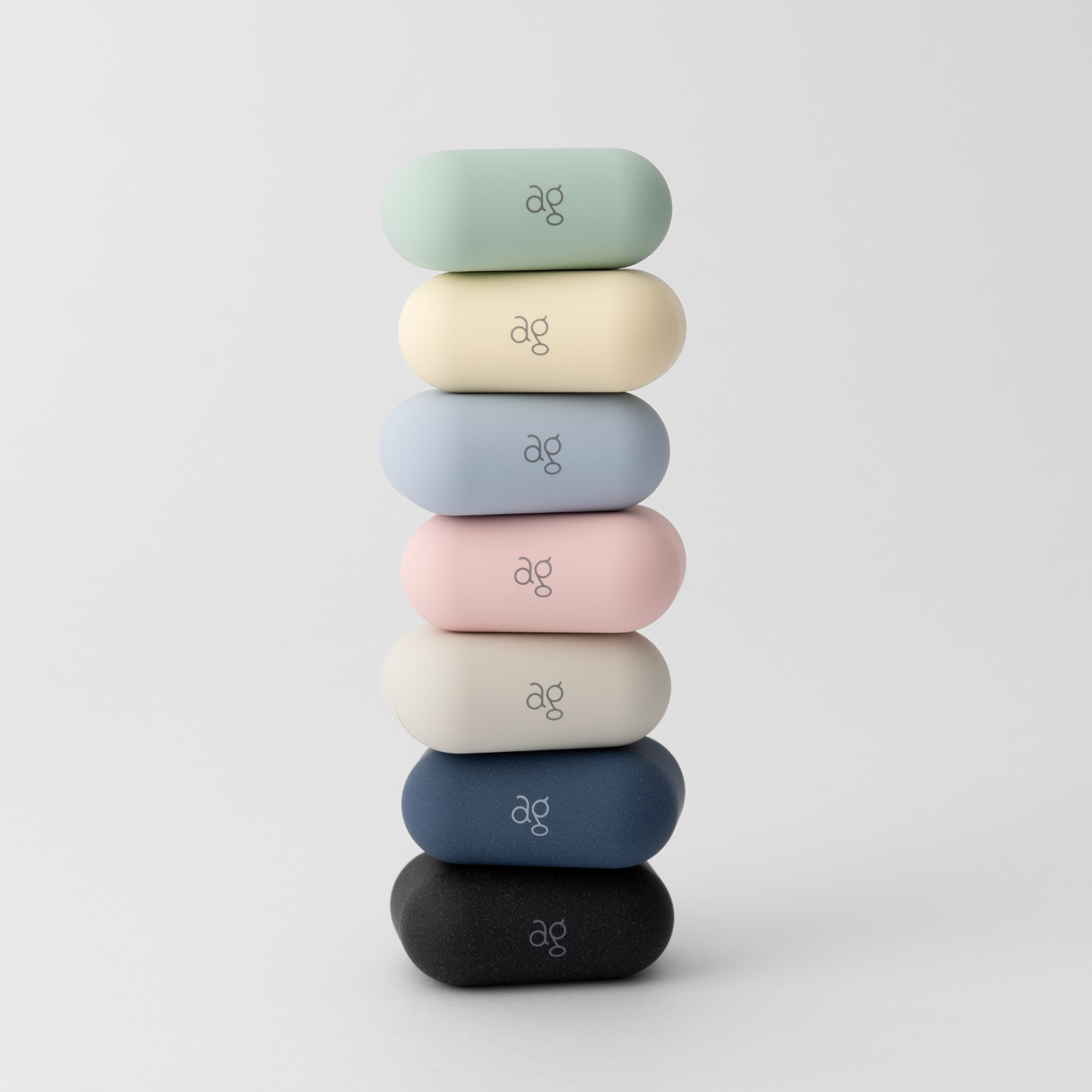This is a plan to invite people who are active in various fields related to sound and talk about various themes about "sound" by our chief scientist.
The first time, we talked to Dr. Kazuhiko Kawahara of the Kyushu University Graduate School of Arts and Engineering, which FINAL is currently conducting joint research. I wrote the text as it was, so I think there is something difficult to read, but I think that you can feel the words of the speaker from the text.
I will share the story that I heard for about 4 hours into the main items. Part 6 is "Acoustic Teaching and Consumer Audio".
Kyushu University Graduate School of Arts and Engineering Dr. Kazuhiko Kawahara
・ Acoustic education and consumer audio
・ Acoustic education and consumer audio
Hamasaki: Thank you. FINAL designs headphones and earphones, and then sells it. In the master's thesis, if the master's thesis tries to control the sound of the speaker using the adaptive signal processing for the speaker, and enter the sound equipment manufacturer, it is DSP, and in that time, in real time. In some ways, it has been done to improve the sound of transducers, that is, the speaker, headphones, or earphones, to improve something. On the other hand, there are more and more use of earphones and headphones than speakers, especially when mobile terminals become so popular, headphones and earphones are the means to listen to sounds. While it is becoming very important, the sound you want is that the good sound is not very good, but for Kawahara -sensei, you yourself, for speakers, earphones, and headphones. Do you have any comments on what kind of sound you are looking for, have you been asked, or what kind of sound you are seeking if you want to seek them?
Kawahara: It may be because of the hi-fi audio, or because I entered a sound equipment manufacturer, but in fact, there are many speakers in the world, not just to listen to music. I noticed. He knew that a different speaker was different from the consumer audio. On top of that, I think that the Hi-Fi audio and the engineers who probably make speakers are already aware and wonder what to do, so-called flatness. It is an era where the way to make a flat characteristic to some extent can be realized. Then, the speakers, especially the transducer, are gone. The existence of the speaker itself is in a state where it is not conscious. I think this is probably a desirable state. It's desirable, or one goal. So if everyone aims to be the same Hi-Fi, the characteristics of the transducer, gain, gain, and no distortion. Then, things like powerful or speakers will probably be gone. That means that the quality has improved so much that speakers are not aware. The improvement in quality causes the device to be unaware. This is something like an automatic door, and if you go to a world where it is natural to open when you stand in front of the door, you will not believe that the door will not open. When the technology mature, it is natural to open it when you stand in front of the door, right? It looks like Speakers, if the quality is achieved to some extent, the speaker itself will be in a state where it will not be aware, and it is said that the process of managing the quality of the speaker has been caught up, until it is unknown what is being done. I think. After this, what do you do is to learn the literacy of choosing a choice in the era where the listener's side chooses to some extent or what kind of music you want to listen to. For example, I want to listen to this kind of genre music in such a room like this, so I think I will be required to have this speaker and this earphone. At that time, when I talked to high school students at the open lecture, I can go to my favorite music on YouTube, so go to the headphone sales floor, the earphone sales floor, and listen to it properly. Buy it. Did you experience earphones today that if the model changes, the way of hearing is different today? What? I think that it is an era where the literacy for choosing is a consumer or even the listener. To do so, you have to do proper education.
Hamasaki: Now, the slide has been given acoustic education and a consumer audio. Not limited to audio, but a very typical example is that if you talk with people who have been working on international standards, such as IEC, ISO, and other standards, there is no longer a place to create standards. Previously, there was hardware, and it has been standardized in various ways to share the hardware. However, it becomes a software base, and it is not tied up by standardization. Then, quality evaluation will be important in the standardization style. So, how should the evaluation be evaluated? I mentioned earlier that the teacher was happy or bad, but the quality of life (QOL) was quite often said recently, that hardware, software, electricity. There are objects in the market, such as electronic engineering, and various technologies, and if you do not specify how much quality and life will become richer, it is standardized. The conventional ideas are becoming more severe. It is a culture of audio, a hobby, and a long history compared to the video, from analog to digital to signal processing, various things are done, and the form has changed so much, but there is a music art, and it is in the future. How does audio try to change? Also, it is a very vague story, such as how the general public can experience or enjoy the literacy to enjoy it, which is represented by the hearing formation that has been talked about earlier. I would like to hear something from.
Kawahara: I don't know if it will be an answer, but one of them is that people who have a training, trained ears, like hearing formation, join the sound quality evaluation in various places. The tendency will not change because its effectiveness is shown. I think that more tread and trained listeners will be valued. I think that the content of what kind of training and training will be questioned ahead. In the consumer audio, now, even though the device, the Internet, the base of distribution, etc. are very widespread, what is the quality of the transducer you listen to, and you'll see the mechanism. In the past, in the 80's 80's, there was a component stereo, there was a sound source, an amplifier, and a speaker, for example, even in a mini -component, it was all in one box. It is still good to listen to music with such a device, and there are many high school students who have been watching YouTube for a long time with a smartphone placed on the desk.
Hamasaki: You're listening to the speaker built into your smartphone.
Kawahara: That's right. So, now it's an earphone, for example, a smart speaker is fine, so if the impression of listening to something will change, I wonder if it's the same, I wonder if it's okay to check it out. I'm worried, but I want to find out. Overseas, there are reports that AES can also listen to a teenager who is not a tread of MP3 and non -compressed sound sources. In fact, as a music listening experience, the high school students and teenagers are no longer knowing what kind of hearing experience they are. But what do you think if you listen to the sound with a well -adjusted system, is that experience a positive experience for them? Perhaps it is an excess or an experience you don't need. I was at a loss while preparing for this interview. In order for communication and audio as a hobby, it is necessary to organize and provide basic knowledge to listen to various sounds and to enhance communication experiences. I feel like I am a magazine like a child's science that I read as a child, or a magazine like such a radio technology, not really reached by high school students. It may be inevitable due to the changing times. Otherwise, if you step on it, if you know such a thing, it will be useful as a literacy when listening to the sound, and you can understand the highlights of the next generation. I think I have to keep it.
Hamasaki: There was a story that high school students were sufficient in music flowing from smartphones. Then, every year, the Faculty of Arts and Engineering comes in new students. I am a place of hearing formation, for example, a third -year student, or a third -year student, and that is a new encounter with some young people every year. Are the students listening to sounds on these systems, or the experiences of elementary and high schools from elementary schools, are changing each year? Do you feel something on your skin? I saw the change of students.
Kawahara: Anyway, listening to music with earphones is resistance, or the threshold is very low. Even if you are listening to your self -introduction, I talk about earphones, but I feel that people who talk about speakers by introducing themselves are about once every three years.
Hamasaki: You have the opportunity to take classes at university, do experiments, and listen to sounds with speakers from the third grade. Then how is it? Do you discover something for the speakers, or that earphones and headphones are still very good for listening to music?
Kawahara: Probably, for example, through a circle activity, you can use a smartphone to set up a live performance, or to set up and assemble a large business speaker at that time. People like that seem to be able to understand the relationship between music and speakers. Even if our university students can do that to some extent, those who do not think that there is a tendency to do anything with a smartphone or want to do it.
Hamasaki: Certainly, entering the acoustic -designed department is a student who is quite interested in the sound, so it will not be possible to compare it with ordinary universities, and it will not be possible to compare it. In the case of a university, there may be places where there is no speaker in the first place. Then, the Faculty of Arts may be a special situation, but as you said.
Kawahara: One of my daughter has become a member of society from this spring, and I went to see and bought it because I wanted a Bluetooth speaker for employment celebration. He said that listening to speakers, not from smartphones, was powerful, interesting and surprised. That's why I want more people to make such an experience more and more, and I think that it is okay to make a fun way to listen to the earphones even in the industry. The younger daughter has always put YouTube on the desk, a smartphone on the desk, and looks at YouTube forever. Even if you say, "Let's do something," it is a family with no dad's position, which ends with "troublesome thing".
>> Read more: Vol.1-7 "What we aim for in the future"





